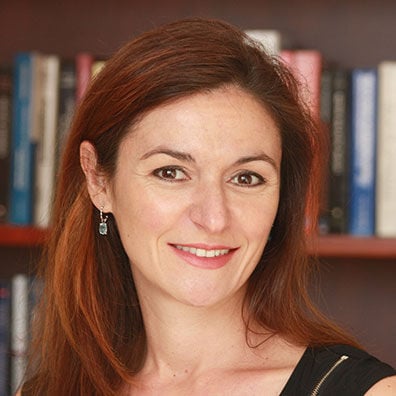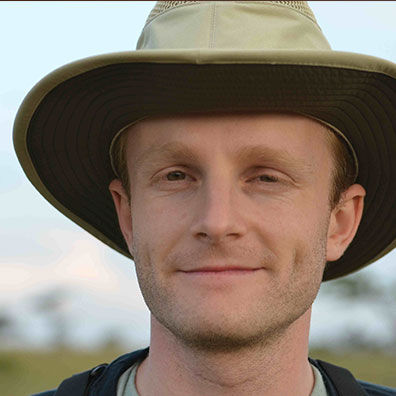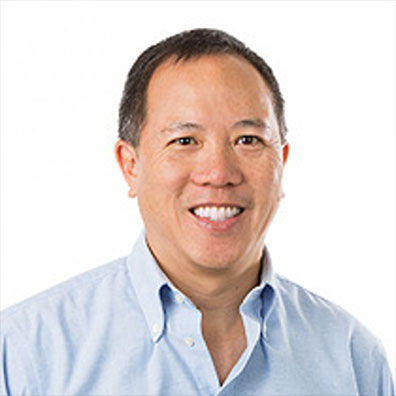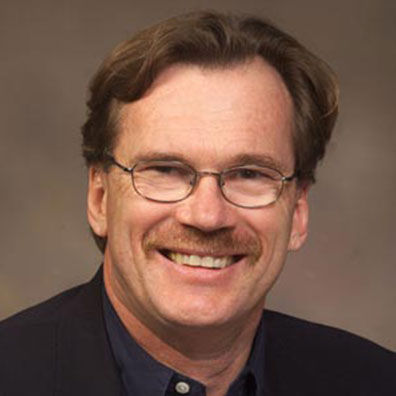You can find a restaurant in a strange city without understanding quantum mechanics or the theory of relativity, but your smartphone wouldn’t be able to guide you there if somebody didn’t know those things.
Some people in the know are lined up as speakers in the 2017 lecture series by the University of Arizona’s College of Science, which starts Monday. (See box)
Called “Rethinking Reality,” the series explores what we know, what we have discovered recently, and what we expect to discover soon about the physical world — and how that knowledge changes our lives.
The forces that rule our physical world remain partly mysterious to scientists and totally mysterious to most of us, even though much of what has been discovered recently was predicted 100 years ago.
Think Einstein. Physicists and astrophysicists continue to test his 1916 theory of general relativity. It has withstood all the tests so far.
Likewise, the standard model of atomic and subatomic particles and forces described by quantum mechanics over the past century holds up in most cases.
And so does Newtonian physics — the elegant body of equations formulated by Sir Isaac Newton in the 17th century to describe gravity and the other forces that govern the action of bodies in our physical world.
The fact these rules fail to work at the extremes doesn’t cause a problem for physics, said theoretical physicist Keith Dienes, UA professor and a program director at the National Science Foundation.
Dienes is the first speaker in the series. Reality isn’t changing, he said, but our understanding of the rules by which the physical world operates are continuously revised in a steady “walk” forward of theory and experimentation.
“Newton set up the framework which really has dominated our field ever since. It’s not wrong ... it’s just not complete.”
Things change at the subatomic realm, at vast distances, at speeds approaching the speed of light and in the realm of the very massive, Dienes said.
Quantum mechanics also has trouble describing gravity, he said. “How or whether there is a quantum mechanical description for general relativity, a quantum version of gravity, this is perhaps the ultimate theoretical abstract question we don’t have the answer to.”
Recent breakthroughs in observation, theory and experiment, and future experiments in space and on Earth could someday produce the knowledge needed to reconcile all of those things, Dienes said.
Feryal Ozel, the second speaker in the series, will talk about observing and describing the extremes. Ozel is a theoretical astrophysicist at UA’s Steward Observatory, who is on a yearlong Guggenheim Fellowship.
Ozel studies what happens in the densest places in the universe, in the collapsed cores of neutron stars, where a teaspoon of matter weighs as much as a mountain.
“What happens to the rules of physics when we extend them to those regions. Does matter take on a new form? We try to answer those questions.”
She also wants to find out what happens at the boundaries of black holes, caused by the implosion of massive stars into a “singularity” so dense that not even light can escape it. “It is a bizarre prediction, so bizarre that Einstein didn’t believe black holes existed even though his theory predicted them.”
There is “plenty of indirect evidence” that black holes exist, but since no information can escape from them, Ozel wants to observe and measure the “event horizon” — a glowing, spinning band of matter at the boundary of a black hole. She is part of a group that plans to observe what’s happening in the vicinity of Sagittarius A, the black hole at the center of our Milky Way galaxy. It is thought to have a mass equivalent to that of 4 million suns.
“What we’re going to do is this crazy thing. We’re going to take a picture of a black hole.” The Event Horizon Telescope, an international collaboration with participation from the UA, will link arrays of the largest radio telescopes on Earth to make that image.
“In my wildest dreams, I hope for seeing a deviation from the predictions of general relativity. If what general relativity predicts breaks down at some level … then its going to be pathbreaking.”
Ozel has worked at the Large Hadron Collider and observed neutron stars with the most advanced telescopes, in addition to simulating the physics of black holes on supercomputers.
She is spending her fellowship helping NASA plan a future space telescope that would observe the X-ray signatures of the earliest black holes in the universe.
More big physics experiments provide fodder for the following two speakers.
Theoretical physicist Sam Gralla will talk about the proof for gravitational waves and physics experimentalist Elliott Cheu will talk about the UA’s involvement in the Large Hadron Collider.
Gralla, who is also a member of the UA’s Theoretical Astrophysics Program, spends his time carrying Einstein’s theories to logical conclusions.
Gralla’s talk will focus on one of last year’s most notable scientific results — the detection of gravitational waves by the Laser Interferometer Gravitational-Wave Observatory, or LIGO.
“Einstein rethought reality and that gave us a number of new predictions and one of those was gravitational waves,” said Gralla.
It took 40 years, thousands of scientists and $1 billion to build an experiment to verify Einstein’s prediction. The wave generated by two collapsing stars with the combined mass of more than 60 suns swept past the Earth about 1.3 billion light years later with a force so small that it took two giant instruments more than 1,000 miles apart to record the almost imperceptible shiver.
Gralla was pleased but not surprised.
“You could not reasonably doubt the existence of gravitational waves. They are so fundamental to what we know is true about the world. I am relieved that there are sources that can give rise to gravitational waves that are discoverable in our lifetimes,” he said.
Another big machine recorded another big discovery in this decade. It too was expected, which made it no less marvelous, said Elliott Cheu, a UA distinguished professor of physics and dean of the Honors College.
The Higgs-Boson was the missing piece of the standard model of quantum mechanics until its discovery in 2012 by the Large Hadron Collider, the European particle accelerator that enables high-energy collisions of particle beams.
Cheu is a member of a team of UA physicists who built components of the $1-billion ATLAS detector that discovered the Higgs.
Cheu will focus on the standard model of physics developed over the last 100 years or more. It is the more elemental underpinning of the familiar periodic table of elements with its protons, neutrons and electrons.
“It describes the more fundamental particles that make up those elements and a set of rules that tell you how those particles interact with each other.”
Cheu notes that 40 of the Nobel Prizes in physics given out since 1901 were for direct contributions to the standard model.
The final speaker in the series, physicist Pierre Meystre, said he will offer examples of how these incompletely understood forces of nature are already shaping our rethinking of reality and what they may bring us in the future.
Meystre, a retired UA physics professor who is editor in chief of the journals of the American Physical Society, offers the GPS system as an example of how quantum physics and general relativity impact our day-to-day lives.
The satellites that use radio signals to pinpoint where we are on the planet and how far away that restaurant is, wouldn’t work very well if we relied strictly on Newton’s physical laws. The atomic clock that precisely coordinates time in a GPS works on quantum theories and the positioning requires an adjustment for general relativity.
Meystre also plans to talk about “the next quantum revolution,” the development of quantum computing and quantum photography based on what Einstein described as “spooky action at a distance.”













